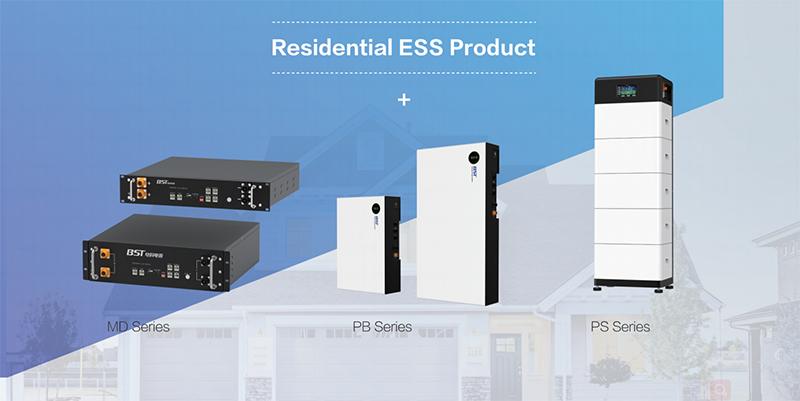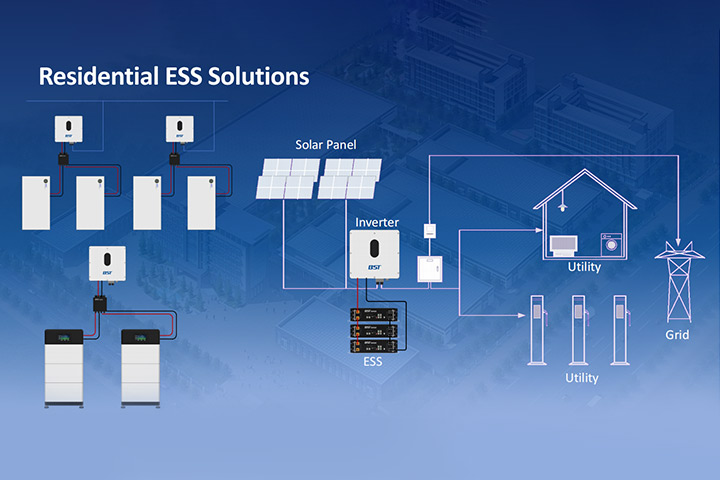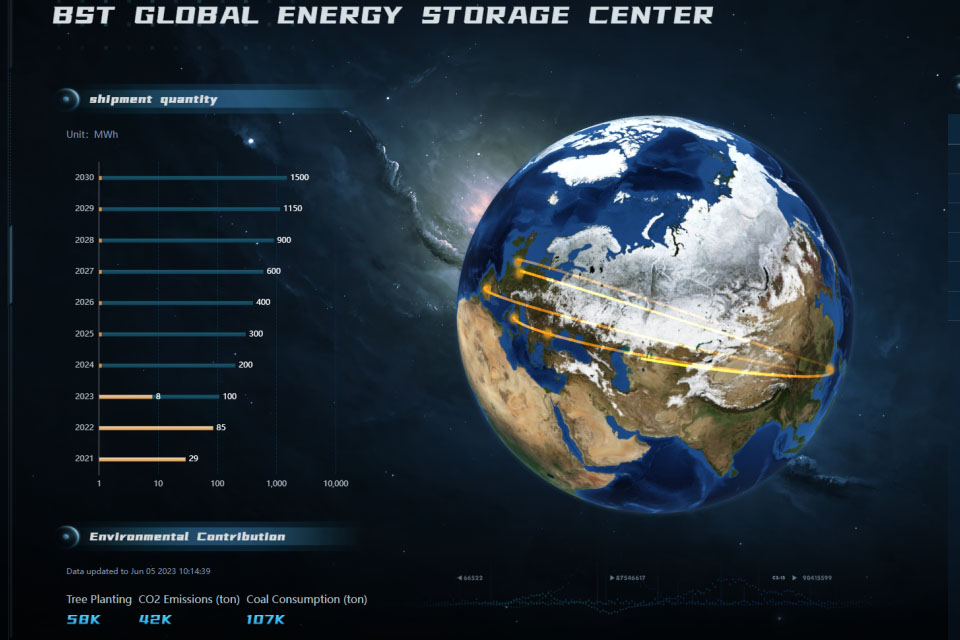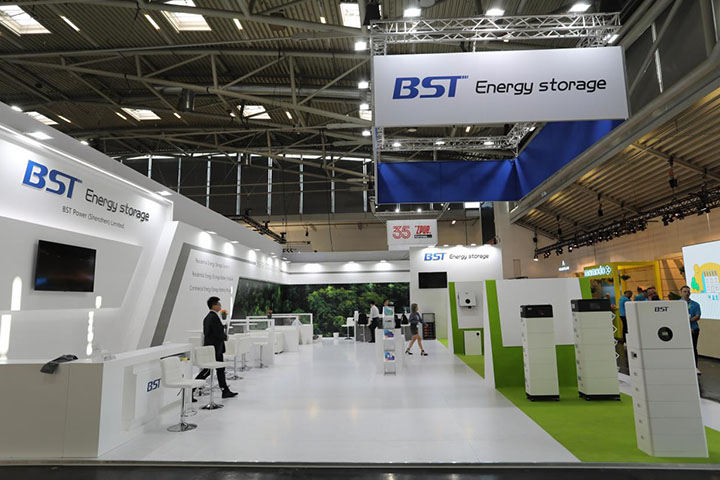I. Introduction
As energy prices continue to rise and more homeowners invest in renewable energy solutions, home energy storage batteries have become a key component in energy independence. These batteries allow homeowners to store excess solar energy for later use, reduce reliance on the grid, and even provide backup power during outages.
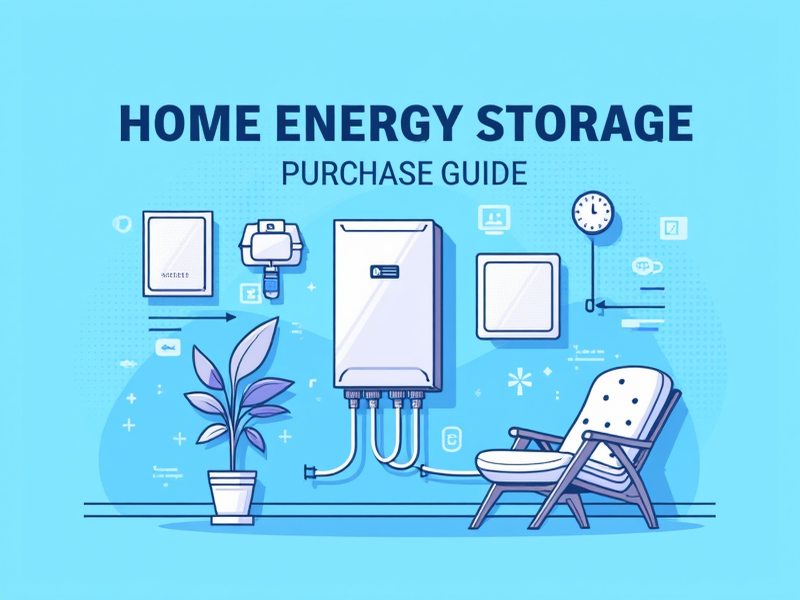
Choosing the right home energy storage battery is a crucial decision affecting energy savings, long-term reliability, and performance. Before purchasing, customers must consider several important factors, including battery type, capacity, efficiency, safety, and cost. This guide will help you understand the key aspects of home energy storage batteries and make an informed decision.
II. Understanding Home Energy Storage Batteries
1. What is a Home Energy Storage Battery?
A home energy storage battery is a rechargeable battery system designed to store electricity for residential use. It is commonly used with solar panel systems to capture and store excess energy generated during the day. This stored energy can be used at night, during peak electricity demand hours, or power outages. Some home energy storage batteries can also be integrated with the grid, allowing homeowners to sell excess power back to utility companies.
2. Types of Home Energy Storage Batteries
There are different types of home energy storage batteries, each with its characteristics. The most common options include:
(1) Lithium-ion Batteries
Lithium-ion batteries dominate the market due to their high energy density, long lifespan, and efficiency. There are two main types:
- LiFePO4 (Lithium Iron Phosphate): Known for safety, long lifespan, and thermal stability.
- NMC (Nickel Manganese Cobalt): Offers higher energy density but may have shorter cycle life and higher thermal risks.
(2) Lead-Acid Batteries
Lead-acid batteries are a more affordable option but have a shorter lifespan and lower efficiency than lithium-ion batteries. They require more frequent maintenance and are typically larger and heavier.
(3) Emerging Battery Technologies
New battery technologies such as sodium-ion, solid-state, and flow batteries are being developed but are not yet widely available for residential use.
III. Key Factors to Consider Before Purchasing
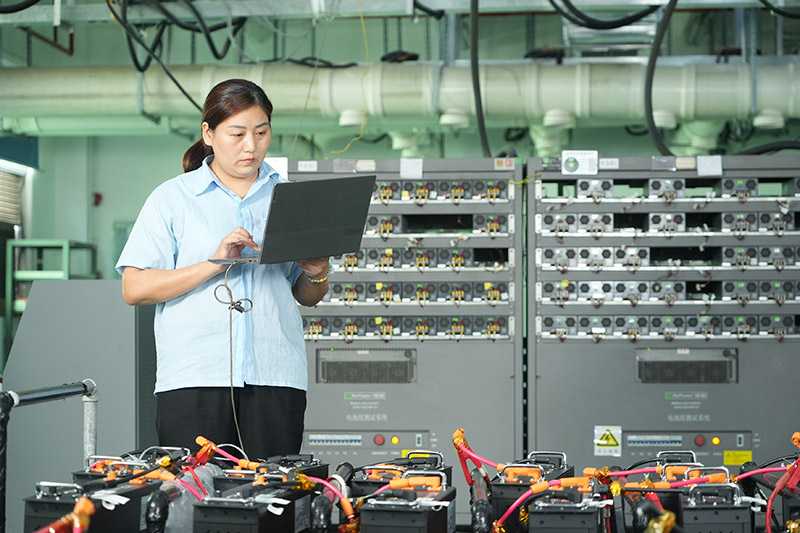
1. Battery Capacity & Power Rating
Battery capacity, measured in kilowatt-hours (kWh), determines how much energy a battery can store. Power rating, measured in kilowatts (kW), indicates how much power the battery can deliver at a given time. A high-capacity battery with a low power rating can provide energy for a long time but may not support high-power appliances simultaneously. Choosing the right balance based on household energy consumption is crucial.
2. Depth of Discharge (DoD) and Efficiency
- Depth of Discharge (DoD): This represents how much of a battery’s energy can be used before recharging. A higher DoD means more usable energy. Most lithium-ion batteries have a DoD of 80-90%, while lead-acid batteries have a lower DoD of around 50%.
- Efficiency: Indicates how much energy is retained during charge and discharge cycles. A battery with 90% efficiency means that 90% of stored energy is usable, while 10% is lost. Higher efficiency leads to better energy savings.
3. Cycle Life & Battery Lifespan
Cycle life refers to the number of charge and discharge cycles a battery can endure before its capacity significantly degrades.
- Lithium-ion batteries typically last 4,000–6,000 cycles.
- Lead-acid batteries may last only 500–1,500 cycles.
A longer cycle life results in a better return on investment and lower long-term costs.
4. Voltage & Compatibility
Home energy storage batteries come in different voltage configurations:
- Low-voltage (48V): More affordable and suitable for small-scale applications.
- High-voltage (up to 400V): More efficient and better suited for larger energy needs.
Compatibility with inverters and solar systems must be checked to ensure seamless integration.
5. Installation & Placement
- Indoor vs. Outdoor Installation: Batteries designed for outdoor use must be weather-resistant.
- Temperature Resistance: Batteries operate best within a specific temperature range. LiFePO4 batteries perform well in extreme conditions, whereas lead-acid batteries degrade faster in high temperatures.
6. Brand Reputation & Warranty
- Manufacturer Reputation: Choosing a trusted manufacturer ensures product quality and long-term reliability.
- Warranty: A good battery should have at least a 5–10 year warranty, covering performance and defects.
7. Safety Features & Certifications
To ensure safety, consider the following:
- Battery Management System (BMS): Protects against overcharging, overheating, and short circuits.
- Certifications: Look for CE, UL, IEC, and other safety standards to ensure product reliability.
8. Cost & Return on Investment (ROI)
- The cost of home energy storage batteries varies based on capacity, technology, and brand.
- Government incentives and rebates may reduce upfront costs.
- The payback period depends on energy savings, installation costs, and available financial incentives.
IV. Recommended Buying Process
1. Assess Energy Needs & Set Budget
Determine daily electricity usage and peak consumption times to select a battery that fits your needs.
2. Compare Brands & Technical Specifications
Review battery specifications, such as capacity, efficiency, and cycle life, to find the best option.
3. Check Reviews & Manufacturer Reputation
Read customer reviews and industry reports to verify performance claims.
4. Consult with Professionals & Installers
Seek advice from certified installers to ensure the chosen battery is compatible with your system.
5. Finalize Purchase & Ensure Proper Installation
Once a decision is made, purchase from a reliable supplier and ensure professional installation for safety and efficiency.
V. Conclusion: Why Choose BST Energy Storage Batteries?
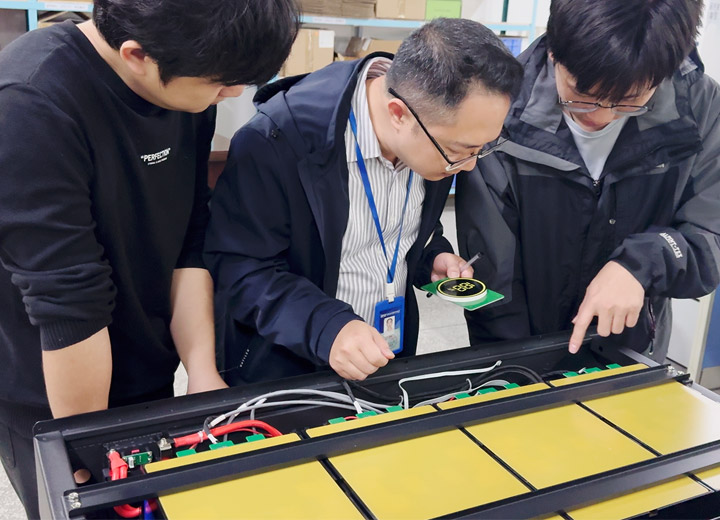
When selecting a home energy storage battery, choosing a trusted and experienced manufacturer is crucial. BST Power, with 22 years of experience in the industry, offers high-performance LiFePO4 energy storage batteries that excel in safety, longevity, and efficiency.
Key Features of BST Energy Storage Batteries:
- Advanced LiFePO4 Technology: Ensures long cycle life (6,000+ cycles) and high safety.
- High Efficiency & Deep Discharge: Optimized for maximum usable energy.
- Wide Temperature Resistance: Performs well in extreme conditions.
- Seamless System Compatibility: Works with leading inverters and solar systems.
- Strong Warranty & After-Sales Support: Reliable service with long-term performance guarantees.
BST Power is committed to providing high-quality home energy storage solutions that enable households to achieve energy independence, reduce electricity costs, and contribute to a low-carbon future.
By understanding key factors and choosing a reputable brand like BST Power, homeowners can make informed decisions and enjoy the long-term benefits of home energy storage systems.
